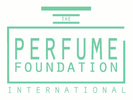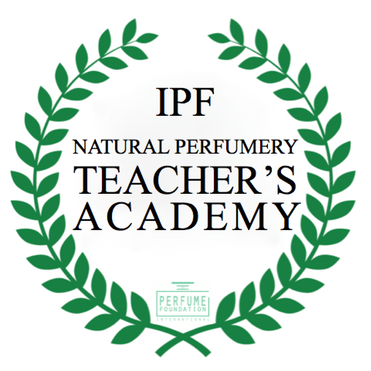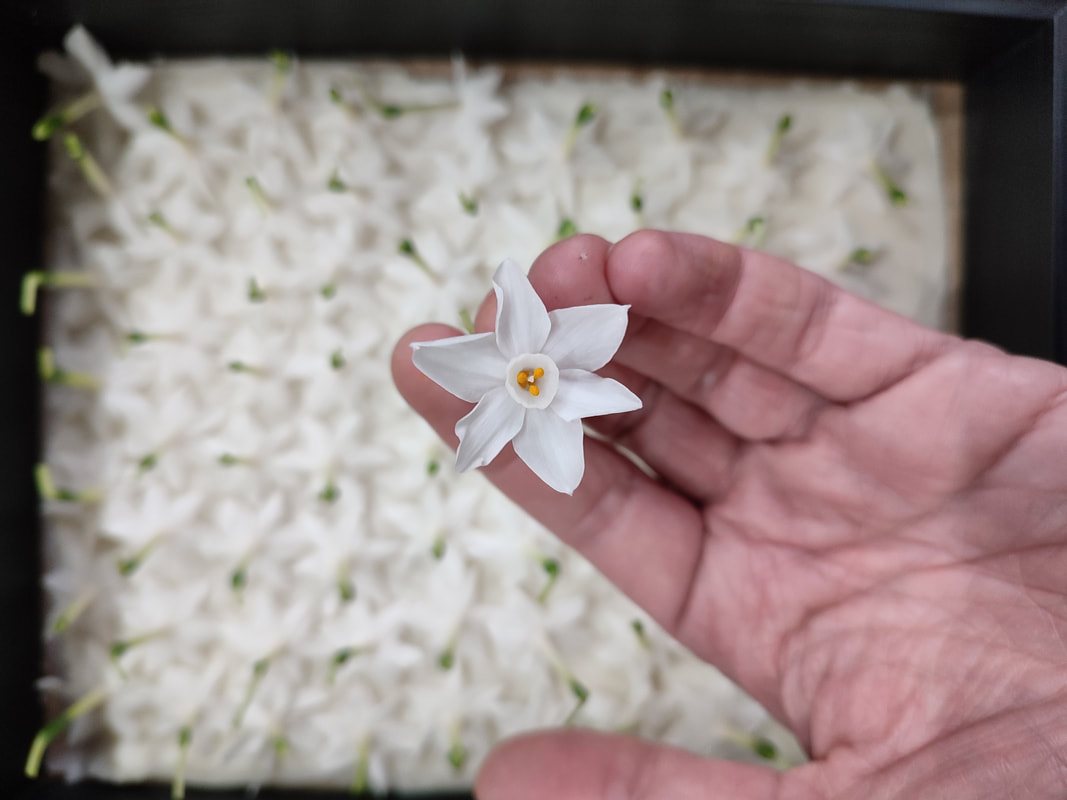|
A Journey into Natural Perfumery and Extraction Methods By Andrej Babicky, Certified Natural Perfumer In May, I embarked on an enchanting journey to Grenada, the renowned "Island of Spices," to participate in the Scents of Grenada festival. This event, organized by perfumer Stephen Dirk and Tower Estate owner Isabelle Slinger, provided a unique opportunity to immerse myself in the world of natural perfumery and share my knowledge on enfleurage techniques and botanical tinctures. Supported by the Ministry of Tourism, this event aimed to highlight the island’s rich aromatic heritage and its potential in the field of natural perfumery. Grenada's tropical climate plays a significant role in its rich biodiversity. The island enjoys a wet season from June to December and a dry season from January to May. This climate fosters a wide variety of plant species, including numerous aromatic and medicinal plants. The concept of terroir, often used in the context of wine, is equally relevant to perfumery. Terroir refers to the unique combination of soil, climate, and topography that imparts distinct characteristics to the plants grown in a particular region. Grenada's terroir is uniquely suited to producing aromatic plants with rich and complex scent profiles. The Tower Estate, where the festival was held, is a testament to this rich terroir. The estate's garden is a meticulously curated collection of aromatic and perfumed tropical plants, designed to be a sanctuary for perfumers and enthusiasts. This living laboratory will offers an inspiring environment where visitors can experiment with different extraction methods, touch and smell the plants and flowers, and draw inspiration from nature's bounty. Despite Grenada experiencing a dry period during my visit, the garden was a testament to resilience and beauty, boasting stunning blooms of mango blossom, gardenias, Rangoon creeper, plumeria, various jasmine species, and the intoxicating ylang ylang. Ylang ylang (Cananga odorata) is a tropical tree native to Southeast Asia but has found a welcoming home in Grenada's climate. The tree's flowers are highly prized in perfumery for their sweet, floral, and slightly spicy scent. During our workshop, we delved into the art of enfleurage, a traditional method of capturing the ephemeral essence of flowers. Every morning, we handpicked ylang ylang flowers at dawn, preserving their delicate fragrance for our enfleurage experiments. This process, though labor-intensive, yields an exquisite and true-to-life fragrance that captures the living essence of the flower.  Our exploration did not stop at ylang ylang. We also worked with plumeria and mango flowers, each offering its unique aromatic profile. Additionally, we experimented with distillation using bay rum (Pimenta racemosa), a quintessential Caribbean plant with leaves that exude an unmistakable aroma. This hands-on experience provided invaluable insights into the diverse methods of extracting essential oils and the distinct characteristics of each plant. One of the highlights of my trip was encountering nutmeg in its natural habitat for the first time. Grenada is one of the world's largest producers of nutmeg, and this spice is integral to the island's identity. Both the nut and the mace, the lacy covering of the nutmeg seed, are used in perfumery, while the outer pulp is transformed into jams and drinks. Nutmeg's rich, warm aroma and versatile flavor have made it a prized ingredient in culinary delights and fragrant concoctions alike. This multifaceted use of nutmeg underscores the island's rich botanical heritage and its potential in natural perfumery. Grenada's unique climate and terroir are not only ideal for growing traditional aromatic plants but also support a range of endemic species. The island is home to several plants that are not found anywhere else in the world, offering a treasure trove of potential raw materials for perfumery. These endemic plants, combined with the island's rich spice heritage, create a diverse and vibrant aromatic landscape. The concept of the perfumer's garden at Tower Estate is particularly fascinating. It is a living, breathing repository of scents, offering a place for perfumers to connect with raw materials in their natural state. This garden not only serves as a source of inspiration but also as an educational platform where visitors can learn about the cultivation and extraction of aromatic plants. The idea of a perfumer's garden aligns perfectly with the principles of natural perfumery, which emphasize sustainability, ethical sourcing, and a deep connection to nature. The event itself is a dynamic meeting point for perfumers, enthusiasts, and local growers. It highlights the island's wealth of botanical resources and encourages the local community to explore the potential of these resources. Grenada's nickname, the "Spice Island," is well-earned, with abundant nutmeg, ginger, cinnamon, and other spices that are ideal for essential oil production. The festival also serves to awaken the interest of the locals to exploit the resources at their disposal and produce some essential oils from the plants that are widespread on the island. One of the promising aspects is its potential to create new business opportunities for local farmers and producers. By educating locals about the potential of Grenada's botanical resources, the event promotes the idea of creating a sustainable economy centered around natural perfumery. This not only preserves the island's heritage but also offers economic opportunities for local farmers and producers. Cultivating aromatic plants and producing essential oils can provide a new source of income for the local community, fostering economic growth while preserving the island's natural beauty. Moreover, events like this encourage experimentation with new materials and extraction methods. Grenada's unique climate and diverse plant species offer endless possibilities for innovation in natural perfumery. By exploring new combinations of raw materials and rediscovering traditional extraction methods, perfumers can create unique and captivating fragrances that reflect the island's rich aromatic heritage. During my stay, I also had the privilege of seeing the process of crafting enfleurage chassis from locally harvested mahogany wood. This beautiful and durable wood is used to create the frames that hold the fat used in enfleurage, adding a touch of local craftsmanship to the extraction process. The use of locally sourced materials not only supports the local economy but also ensures that the extraction methods are sustainable and environmentally friendly. The visit in Grenada provided an opportunity to discuss the potential of using endemic plants in perfumery. These unique species, found only in Grenada, offer a wealth of untapped potential for creating distinctive and exclusive fragrances. By cultivating these plants and developing new extraction methods, Grenada may become an important player in the field of natural perfumery, attracting perfumers and enthusiasts from around the world. In conclusion, my visit to Grenada and participation in the Scents of Grenada festival was a profound reminder of the deep connection between nature and the art of perfumery. The island's rich aromatic landscape, coupled with the innovative spirit of the festival, showcased the immense potential of natural perfumery. It highlighted the value of returning to traditional extraction methods, experimenting with new materials, and rediscovering the unique heritage of places rich in botanical diversity.
Investing interest in projects like the perfumer's garden at Tower Estate offers numerous opportunities. It allows for the preservation of traditional knowledge, the promotion of sustainable practices, and the creation of a vibrant community passionate about natural perfumery. Grenada, with its abundant aromatic resources and dedicated community, is poised to inspire perfumers and enthusiasts alike to explore and celebrate the island's fragrant treasures. The Scents of Grenada festival not only showcases the island's botanical bounty but also serves as a beacon of sustainability, innovation, and cultural preservation. Andrej Babicky is one of our best teachers, if you want to learn how to extract the scents of flowers, plants, wood or roots, check his course.
0 Comments
By Andrej Babicky, Certified Natural Perfumer and Raw Material Natural Extraction Methods Expert Capturing the Ephemeral In the realm of perfume crafting, there's an art to capturing the essence of flowers. Among various extraction methods, from distillation to maceration, one stands out for its enchanting approach – enfleurage. This method, despite being laborious, possesses a magical ability to imprint the olfactory fingerprint of a flower, making it a personal favorite. The enfleurage process is both a journey and an experiment, much like the anticipation of spring when fragrant flowers are ready to bloom. Imagine stepping into your garden, balcony, or even just a sunny windowsill, armed with the intention to entwine the ephemeral soul of a flower into a fragrant masterpiece. For me, this is more than just a technique; it's a dance with nature. Enfleurage, contrary to its demanding nature, offers a playground for experimentation. Co-enfleuraging different flowers became my joyful pursuit, creating complex pomades that danced with the richness of jasmine, gardenias, plumeria, Stephanotis, Cestrum, banana leaves, roses, and even tomato leaves. This became more than an experiment; it evolved into a fragrant game, a symphony of scents. Over time, I expanded my palette, incorporating different raw materials into the pomade. Unrefined coconut oil, with its tropical aroma, became a base for enfleurage experiments, mingling with gardenias, plumeria flowers, bourbon vanilla pods, finely ground resins and iris powder. The result? A tapestry of new scents and the recreation of complex, unique bouquets. The manufacturing process remains true to tradition. Glass or ceramic containers replace the classic chassis, vegetable butters and oils stand as the primary medium, and the delicate dance of changing flowers persists. Some of my enfleurages remain soaked in alcohol for months, allowing me to study raw materials practically, even if they never make it into a final composition. In the historical context, enfleurage played a crucial role in the fragrance industry. Refined in Grasse, France, in the mid-1700s, it became an industrial center for essence extraction. Today, enfleurage is a mainly historical method, replaced by more modern techniques. However, with the resurgence of interest in natural perfumery, some perfumers revisit this technique, making modifications to suit contemporary needs. Enfleurage is not just a process; it's a celebration of flowers that might have limited essence or are too fragile for other extraction methods. It revolves around the absorption of volatile odorous molecules by fat. This fat, acting as a solvent, captures the essence of flowers it embraces. The traditional procedure involves meticulously crafted frames, or chassis, where purified fat is layered, and flowers are evenly distributed. Daily changes and cycles of defleurage create a dance between flowers and fat, resulting in perfumed pommade. This pommade can then be turned into an absolute through further processing. Enfleurage, despite its historical roots, remains a testament to the art of perfumery. It beckons us to dance with flowers, capturing their essence in a way that's both magical and personal. In this intricate journey, where patience and experimentation intertwine, enfleurage invites us to create olfactory symphonies that resonate with the very soul of nature as it awakens in the upcoming spring, with fragrant flowers ready to bloom.
Embark on your own olfactory adventure! Explore the art of natural extractions in my Natural Extractions Course. |
Archives
June 2024
Categories
All
|
- HOME
- ABOUT
- IPF CERTIFICATION
-
COURSES
-
MASTER CLASSES
- Teaching Methodology
- Natural Raw Material Extraction Methods >
- Natural Candle Making
- Healing Gardening
- Sustainable Oud MasterClass
- World Perfume History Master Class
- Scent Design and Formula Building >
- Fragrant Botany & Chemistry >
- Perfume Design, Concept and Storytelling
- French Natural Aromachology #1
- French Natural Aromachology #2
- Olfaction Training for Children
- Accords - Chypre
- Accords - White Florals 1
- Accords - Fougeres and Aromatics
- FRAGRANCE DEVELOPMENT
- SPEAKERS
- EXHIBITIONS
- Partners
- Blog
- Contact











 RSS Feed
RSS Feed
